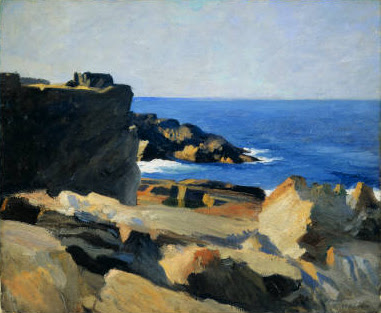Falling Over and the Still Pine

Philip Koch, Still Pine, oil on panel, 12 x 12", 2012 Sometimes you'll read that a particular artist or a musician got their start because they were sickly and couldn't play with the other kids. Forced to stay home they would discover their inner calling. Well that happened to me too, but in my case it was because I was clumsy. Of course there's lots of factors that pushed me to onto the path of becoming a landscape painter. One of the biggest is that I fell off my first bike. It spooked me. Every time after, no matter how hard I tried, I'd freak out and lose my balance and go crash again. It's odd as I'm fairly well coordinated as an adult, but try as I might at six and seven years old, I just couldn't stay on that bike. There weren't many kids in my rural neighborhood to begin with and for those there were, bikes were big news. For several years, long after all my friends had mastered the art of the two wheeler, my secret shame was t...






